Pickling is the process of preserving food in a brine or vinegar mixture. Each ingredient in the brine or vinegar mixture plays an important role. The acidic pH of the liquid kills bacteria and preserves the perishable fruit or vegetable. The herbs and spices (such as garlic, cinnamon, cloves, and mustard seed) have antimicrobial properties.
Quick pickles, also called refrigerator pickles or crock pickles, are the shortcut version of classic, shelf-stable pickles. Quick pickling is the process of making pickles that are stored in the refrigerator instead of the pantry. The pickles you buy off of the grocery store shelf are processed in a water bath to seal the jar and keep them fresh until they are opened.
In quick pickling, vegetables or fruits are placed in a sealable container, covered with a hot brine, cooled to room temperature, and stored into the refrigerator. Most recipes need to sit in the fridge for at least 2 weeks before they are ready to eat and should be eaten within 2 months. After 2 months, most quick pickles develop a limp, soggy texture.
Quick Pickles: Two Brines
There are basically two ways to make quick pickles: Recycled Brine and New Brine. The recycled brine method of quick pickling is best suited for making cucumber pickles. Choose a flavor and brand of pickle that you enjoy. Once you have eaten all of the pickles out of the jar, save the brine. Add slices of cucumber or cucumber spears cut to fit the length of the jar. Replace the lid and leave your recycled brine quick pickles in the fridge for two weeks. After two weeks have passed, taste one of the quick pickles to see if it is flavorful enough. If you prefer a stronger flavor, let the quick pickles rest in the refrigerator a little longer. Recycled brine quick pickles will last in the refrigerator for up to 2 months. Do not use recycled brine more than two times. With each usage, the flavor becomes a bit weaker. After two uses, recycled brine tends to lose its tanginess.
New brine quick pickles are made with brine that you put together in your own kitchen. This method is suitable for pickling vegetables, pumpkin, watermelon, mango, pears, and apples. Choose the type of pickles you want to make and find a recipe. Clean the fruit or vegetables you are going to pickle and peel if necessary. Place them in clean jars or sealable containers. Some cucumber pickle recipes will have you salt the cucumbers and let them sit for an hour. All new brine quick pickle recipes involve making a brine with white vinegar, sugar, spices, and water. Most quick pickle recipes barely make enough brine for the amount of pickles produced by the recipe. To be sure that you don’t come up short, make 1 ½-2 times the amount of brine called for in your recipe. There are two methods for making quick pickle brine: room temperature and hot.
Mix together room temperature brine ingredients and immediately ladle it into the jars containing the prepared fruit or veggies. Leave ½-inch of headspace at the top of the jar. Put lids on the jars or containers and place them in the refrigerator. Hot brine is cooked over medium-high heat until the ingredients come to a boil. Remove the brine from the stovetop and ladle it over the prepared fruits or veggies. Pour carefully and use a funnel so that you are not burned. Place lids on the jars or containers and allow them to cool to room temperature before putting them in the fridge. Most new brine pickles will need to sit for at least a week before they have a good flavor and texture.
Recipes:
Cucumber Pickles:
Quick Kosher Double-Dill Pickles
Veggie Pickles:
Quick and Easy Pickled Mushrooms
Fruit Pickles:

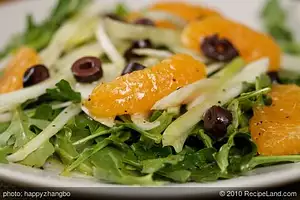
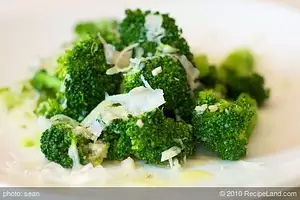
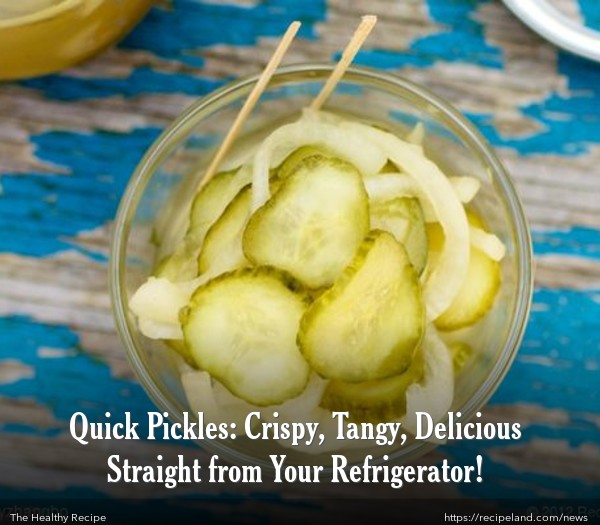
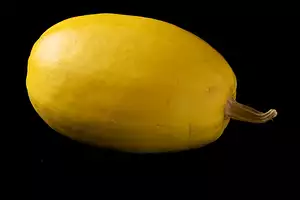
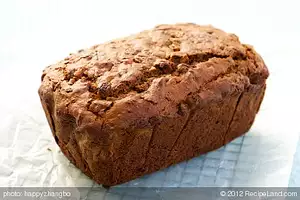
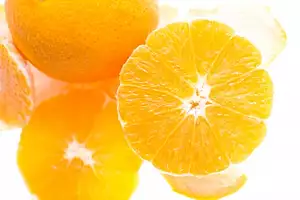
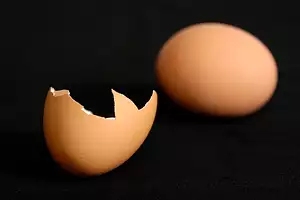

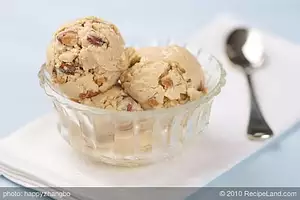
Comments